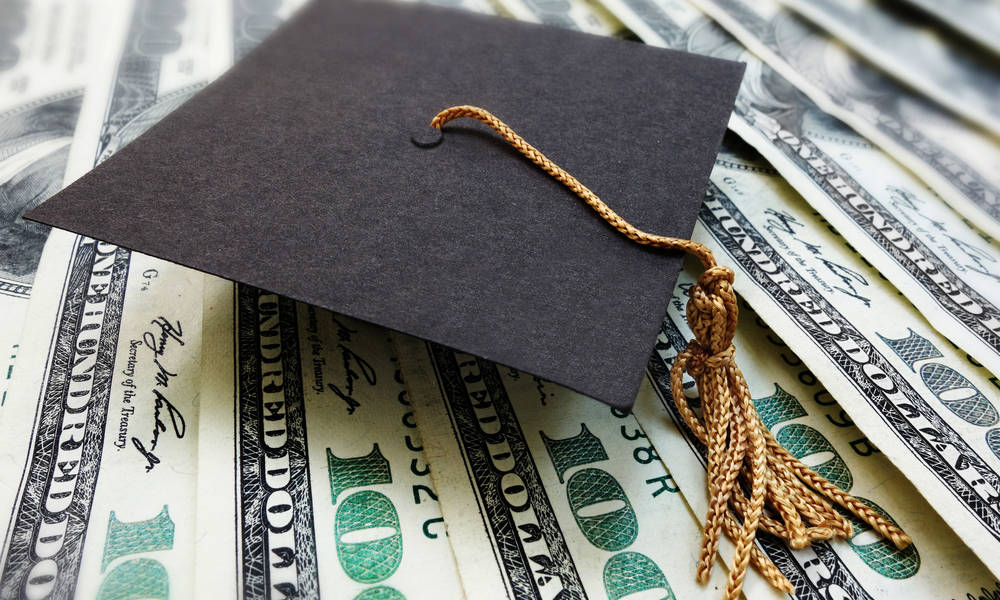
Grads Find Loan Forgiveness Program Not Living Up to Promise
The federal government's Public Service Loan Forgiveness program for college graduates has only helped 96 people since its 2007 launch, due to arduous requirements, putting those banking on using the program—particularly at nonprofits and in public service—in financial peril.
A long-running federal student loan program that was intended to encourage college graduates isn’t working as it should be—and that’s putting thousands of graduates, including many who work at nonprofits, in peril.
The Public Service Loan Forgiveness program, a plan introduced by George W. Bush in 2007, was intended to help college graduates pay off their student loans if they worked in government or public service and made 120 loan payments, the equivalent of 10 years’ worth. But mismanagement of the program and confusing requirements for those taking part—only certain kinds of loans are allowed—have only led to a relative handful of graduates being able to take advantage of the program in the year since the first borrowers were supposed to be eligible for debt forgiveness, according to a recent analysis by the Government Accountability Office reported by The Washington Post.
Nearly 1.2 million borrowers asked for debt assistance, and nearly 900,000 have had their requests certified in the decade since the program began. But while 20,000 people asked for their loans to be forgiven, just 55 people had actually received such forgiveness as of last April, according to the Post. And more recent data released last month by the U.S. Department of Education revealed that only 96 people have been able to take advantage of the debt forgiveness program.
Lawyer Anne Tamar-Mattis, one of those 96 people, noted to MarketWatch that she was required to lean on her legal knowledge, along with repeated phone calls and a thick file folder of notes, to successfully get the federal loan forgiven, and noted that most people would not have that ability.
“What I’m really upset about is knowing that there are all these people in public service counting on this,” Tamar-Mattis said. “Not everybody has a lawyer to work for them, a lot of people are just counting on the system to work.”
The program has had much in the way of uncertainty, and major organizations are navigating these issues through the legal system. In 2016, the American Bar Association filed a lawsuit against the Department of Education after the department revealed the program would not include lawyers. The legal action remains ongoing.
“We needed to hold the Department of Education accountable for the promises that it made to people, lawyers … who made the choice to dedicate their lives to public service,” Linda Klein, ABA’s immediate past president, said last year.
And this week, the American Federation of Teachers, a major teachers union, funded a lawsuit filed against Navient, a student loan servicer, alleging that it blocked teachers’ access to the loan forgiveness program.
(zimmytws/iStock/Getty Images Plus)






Comments